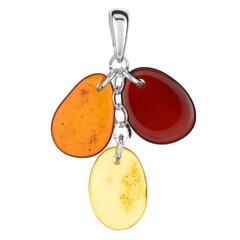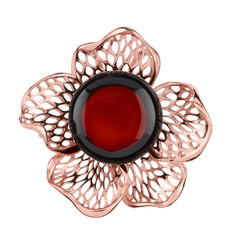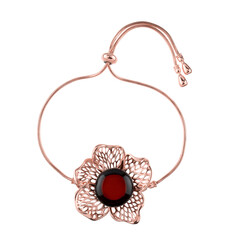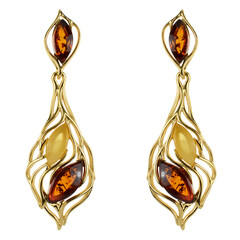
Name
The word 'Amber' comes from the Arabic 'anbar', meaning 'fragrant substance'. Amber has always been linked to the sun because of its golden colours and light weight, in addition to being warm to the touch. Its unearthing in ancient burial sites is no accident. Because of its association with the sun, Amber was regarded as a guiding magical light in the afterlife.
Because of Amber's ability to generate a static charge when rubbed, it's from its Greek name, 'elektron', we get the word 'electricity'. As suggested by its colloquial name 'seastone', Amber floats in saltwater and is collected from beaches on the Baltic coastline, often washing up as far as the British Isles.
History of Amber
According to their mythology, Phaëton, the son of the sun god Helios, begged his father for permission to drive the sun chariot across the sky. Helios agreed but things did not go well. The earth got cold when he flew too high and then going too low, he accidentally burned most of Africa into desert. His hand forced by Phaëton's poor driving, Zeus, king of the gods, took him out with a lightning bolt. Phaëton's sisters grieved his loss so much that they were turned into poplar trees, forever to weep golden tears of Amber.
Ancient Amber has been with humanity a long time; Amber amulets and beads have been found in Stone Age archaeological sites throughout Europe. Being traded far and wide in the ancient world, along trade routes our ancestors established before the Bronze Age, Amber jewellery dating back to 2600 BC has even been excavated in Egypt.


Composition of Amber
Amber is fossilised tree resin that was created 2 to 50 million years ago. As it is tree born, Amber is classed as an organic gem, this classification includes any gemstone made or derived from living organisms. It takes eons for tree resin to transform into Amber and like so much in nature, the process is still not fully understood. The process required for tree resin to become Amber involves molecules combining to form something more complex (molecular polymerisation), the evaporation of oil and a climate of heat and pressure.
Properties of Amber
The colour of Amber is determined by its tree species and the events after its secretion. Typically transparent to translucent, Amber comes in a huge range of colours including blue, brown, golden, green, orange, red, white and yellow. While Baltic Amber has apparently been categorised into 256 shades, the main colours are broken into three broad groups: old or classic, cognac and lemon. Sometimes Amber is described as ‘black’ but this is inaccurate as these gems are simply deeper shades of other colours.
Amber often contains natural imperfections and fissures as well as prehistoric inclusions, such as seeds, leaves, feathers, and even insects. Amber with insects entombed millions of years ago is highly collectable and also allows palaeontologists and geneticists a valuable window on the past.
Sources of Amber
Baltic Amber, with approximately two-thirds of the world’s Amber reserves, currently accounts for more than 90 percent of the Amber used in jewellery. Baltic Amber deposits are found in Denmark, Estonia, Finland, Germany, Latvia, Lithuania, Poland, Russia, Sweden and Ukraine, and were formed around 50 million years ago when resin from forests in the Scandinavian Peninsula collected in the area. Other Amber sources include Mexico and the Dominican Republic, where tropical Amber is found in the aptly named 'Amber Valley'.


















